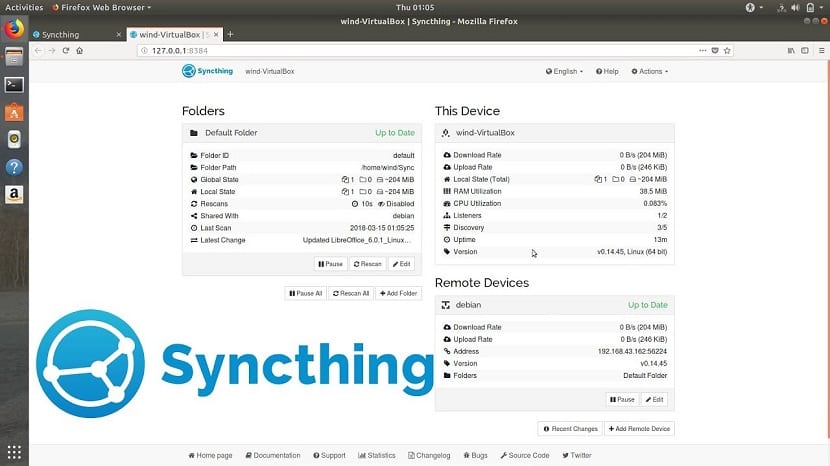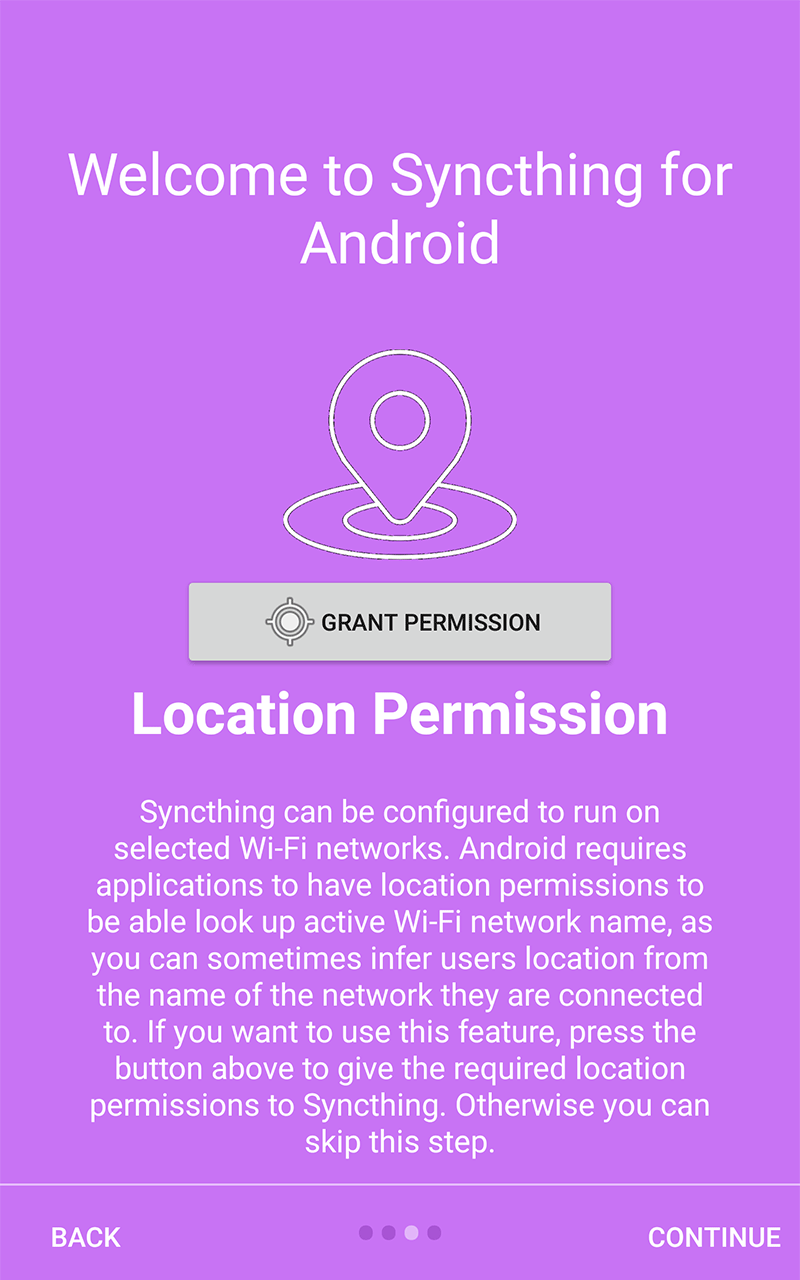

- Where are the versions kept syncthing archive#
- Where are the versions kept syncthing for android#
- Where are the versions kept syncthing software#
- Where are the versions kept syncthing download#
- Where are the versions kept syncthing free#
Product – what differences exist in the actual product.
Where are the versions kept syncthing software#

On a 2018 press release Nextcloud notes that they had “over 100K downloads of the Collabora Nextcloud app” in 2017 and in another 2018 press release claim that they have over 35 employees and “over 100 customers and partners.” ownCloud, on the other hand, in a 2018 blog post claim that they have almost 500 customers and that they hired 17 new employees in 2017. Which project is actually bigger however is not clear. Shows pretty clearly that ownCloud and Nextcloud dwarf the competition, and it also seems pretty clear that since its inception, interest in Nextcloud has been growing fast and today has actually more Google searches than ownCloud. To see what’s happening in this market, let’s take a brief look at this Google Trends graph of interest in the top four packages over the past 5 years: Google Trends In the open source private cloud space, there are several options, such as ownCloud, Nextcloud, Seafile, Syncthing and Pydio as well as smaller players such as SparkleShare.
Where are the versions kept syncthing free#
Have you tried Syncthing yet? If yes, how was your experience with it? Feel free to share it in the comments below.Īlso, if you know about some awesome alternatives to this – let me know about it as well.Interested in finding the private cloud package that will work for you? Overall, it works quite well – but I must say that you shouldn’t rely on it as the only backup solution to your data. Technically, it uses the resources of your system to work – so if you have a number of devices connected to sync, it should potentially improve the sync speed (upload/download). Or, did I miss the option? Let me know in the comments if I did. So, if we could have an option to explicitly force sync, that could help.

However, when I tried syncing it to a phone (Android) – the sync started a bit late, it wasn’t very quick. I tried syncing folders, removing them, adding duplicate files to see how the file versioning works, and so on. Personally, I got it installed on Pop!_OS 19.10 and used it for a while before writing this up.
Where are the versions kept syncthing download#
You can also utilize the terminal to get it installed if you have a Debian-based distro – the instructions are on the official download page.
Where are the versions kept syncthing for android#
You’ll find several other options for Android as well. In addition to that, there are solid authentication methods to ensure that only the devices/connections you allow explicitly will be granted access to sync/read data.įor Android smartphones, you can also force the traffic through Tor if you’re using the Orbot app. So, Syncthing makes sure the communication is secured using TLS. Security & PrivacyĮven though you do not share your data with any cloud service providers, there are still some connections made that might gain the attention of an eavesdropper. However, it does let you configure advanced settings when needed. While being a peer-to-peer file synchronization tool, it just works out of the box with no advanced tweaks. But, when you create a folder to sync, that’s when you will find the option to toggle the file versioning to your preferred method.
Where are the versions kept syncthing archive#
Syncthing utilizes a variety of File Versioning methods to archive the old files if they are replaced or deleted.īy default, you won’t find it enabled. Here, I’ll highlight a few useful features of Syncthing: Cross-Platform Support Syncthing is indeed quite simple and easy to understand – even though it is recommended that you should go through the documentation if you want to use every bit of its functionality. You probably do not want a lot of options in a synchronization tool – it should be dead simple to work reliably to sync your files. I’d also recommend reading the official FAQ to clear some confusion on how it works – if you’re interested. Technically, you can have your important files accessible on multiple systems securely and privately without worrying about anyone spying on your data.įor instance, you may not want to store some of the sensitive files on the cloud – so you can add other trusted devices to sync and keep a copy of those files.Įven though I described it briefly, there’s more to it and than meets the eye. All things considered, Syncthing can come in handy for a lot of things.


 0 kommentar(er)
0 kommentar(er)
